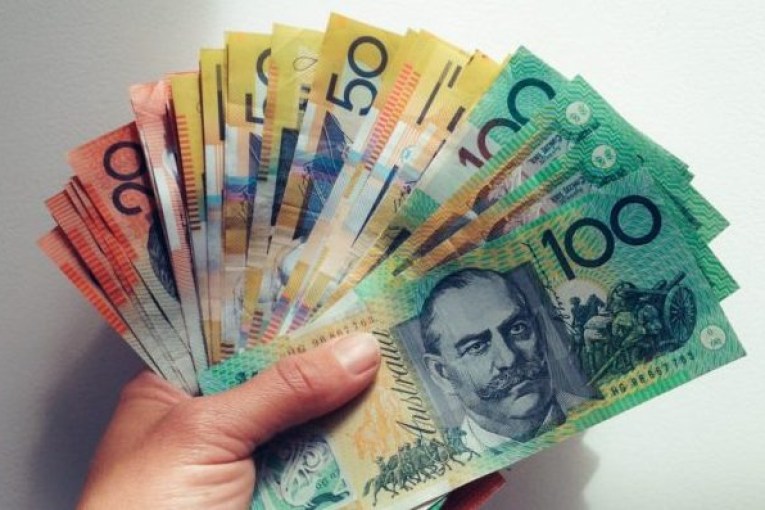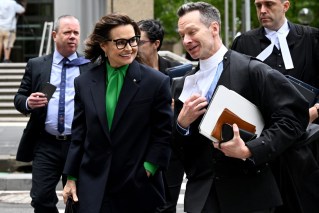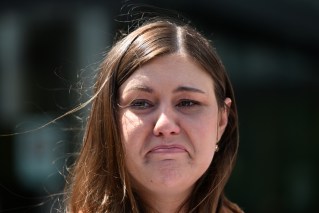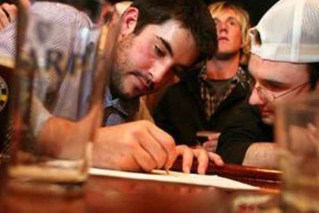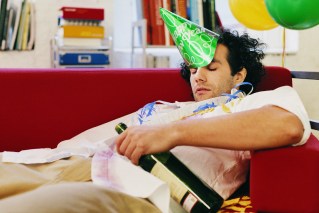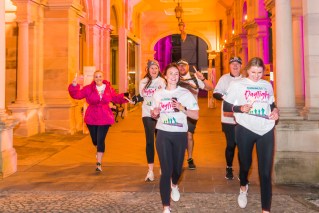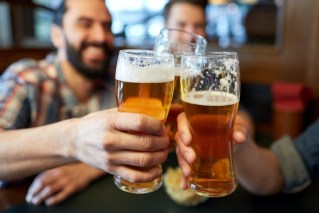Brisbane’s pathway to becoming one of world’s great walking cities
As many cities around the world have ground to a halt, the post-pandemic path to recovery may well be at our feet, writes Harvey Lister

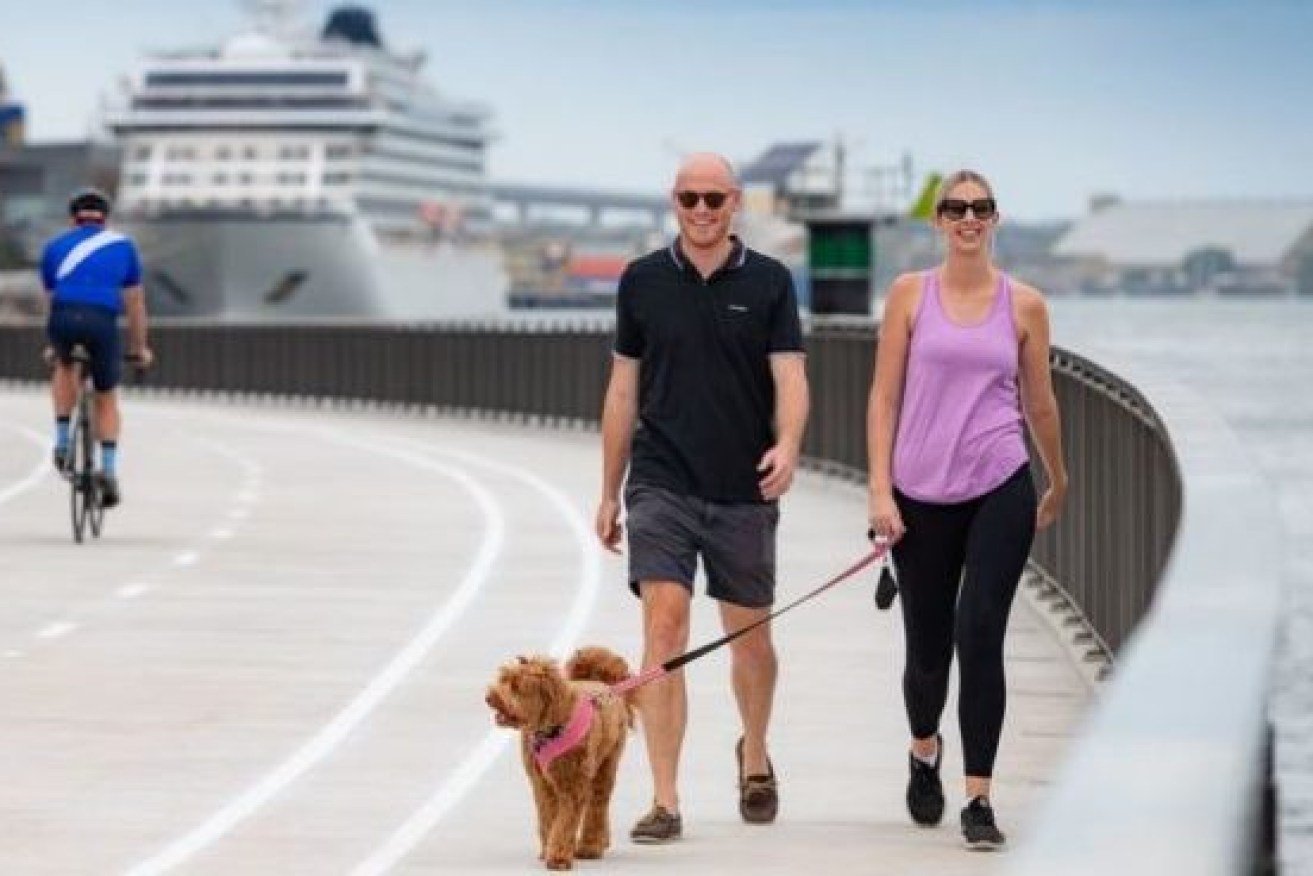
The development of Kingsford-Smith Drive is one of Brisbane's emerging new walking precincts (Photo: Brisbane City Council)
One of the big talking points to come out of this COVID-19 chaos has been the role of streets, bikeways, footpaths and public spaces in revitalising major city centres.
Plans are well afoot in Milan to transform 35km of street space from cars to pedestrian walkways and cycle routes.
In London, cars will be limited along several major traffic arteries, allowing only buses, cyclists and pedestrians to use what were once some of the city’s busiest roads.
Meanwhile the mayor of Paris has pledged to reshape formerly busy roads to allow for increased cycling and walking use. Pavements will be widened for terrace space, urban architecture, and newly planted trees, breathing “new air and life” into the French capital’s congested streets.
I’m a keen walker – there is so much more to appreciate about a city when you are on foot – and over the years I’ve been fortunate in my line of work to stroll around some of these great cities.
I am also a passionate Brisbanite and, as we celebrate Queensland Walk Week this week, I believe we have as good an opportunity as any to become one of the great walking cities.
At the height of the lockdown several months ago, self-isolation and work-from-home meant fewer cars on city roads. At the same time, I’d never seen so many people out walking and riding, enjoying the surroundings.
If there is any “benefit” to come out of this crisis, it’s the opportunity to reclaim the streets. I commend the vision of Lord Mayor Adrian Schrinner and the Brisbane City Council for Edward St, which is evolving into Brisbane’s fashion street all the way to the City Botanical Gardens, across the new green bridge, to Kangaroo Point.
Brisbane has natural advantages in its favour. For a start, look at the spectacular weather this week. Brisbane is also compact – our CBD is built on a peninsula. Apart from the land in the Roma St precinct and the 20ha of airspace above it, we cannot build on any new sites – we can only change what we have or build up.
Between now and 2025 several catalytic projects are set to transform connectivity and liveability. Queen’s Wharf, Cross River Rail, the Brisbane Metro, Waterfront Brisbane, the new Victoria Park, the Brisbane Live entertainment precinct and the Council’s Green Bridges Program will revitalise the CBD like we haven’t seen for decades.
Pre-pandemic I was on a panel with Griffith University Associate Professor Matt Burke who specialises in cities research. Matt made a valid point: “We have moved a lot of businesses and residents into the inner-city but we haven’t necessarily kept up with the services.”
The only way for Brisbane to function in the future, says Matt, is to get people moving around by foot, cycle or public transportation.
“The Cross River Rail and Metro projects are absolutely fundamental,” he says.
Walkability and cyclability is not just about enjoying the sights, the weather and people getting from A to B. Great walking environments are safe, they are properly lit, in many cases the streets are widened, shaded and weather protected. They are friendly to people with disabilities and families with strollers alike, and they are surfaced to take into account women wearing heels.
All of these things make a city more attractive and the more attractive it is the more likely it is to be economically successful. As well as the personal benefits with people travelling in a healthier, greener way, research has shown that there are proven benefits to the economy by improving pedestrianisation.
A study produced by Transport For London showed that improvements to walking and cycling could increase high street retail spend by up to 30 per cent. Over a month people who walked to high street spent 40 per cent more than those who drove. To put it simply, walking means business.
The wave of activity in Brisbane over the next five years will create “in-fill” opportunities between the major projects themselves and the new access points for walkers that Cross River Rail, the green bridges and the Metro will bring.
Imagine emerging from the new Roma St underground station – Brisbane’s version of “Grand Central” – onto a walkable boulevard, through Roma St, across Countess St and all the way down Caxton St to Suncorp Stadium. From here it is also an easy walk to the CBD, Queen’s Wharf, Brisbane Quarter, the Waterfront Brisbane precinct in Eagle St, Howard Smith Wharves and Victoria Park. Green bridges link you to Southbank, QPAC and the eclectic West End with the trendy West Village.
While the cloud of the coronavirus gloom has not lifted and we still have a journey to go on the road to recovery, Brisbane is a city on the right track.
My hope is that with business and all levels of government working together we will adopt policies that invest in transport and infrastructure options that mean greater connectivity, accessibility, sustainability, less traffic and less pollution.
It is not only an opportunity to build a better city life for both residents and visitors, it’s a fundamental part of the “new normal” that will ensure Brisbane has its best foot forward long after the virus is gone.
Harvey Lister is chairman and chief executive of venue management company ASM Global (Asia Pacific) which is the proponent of the Brisbane Live entertainment precinct.
